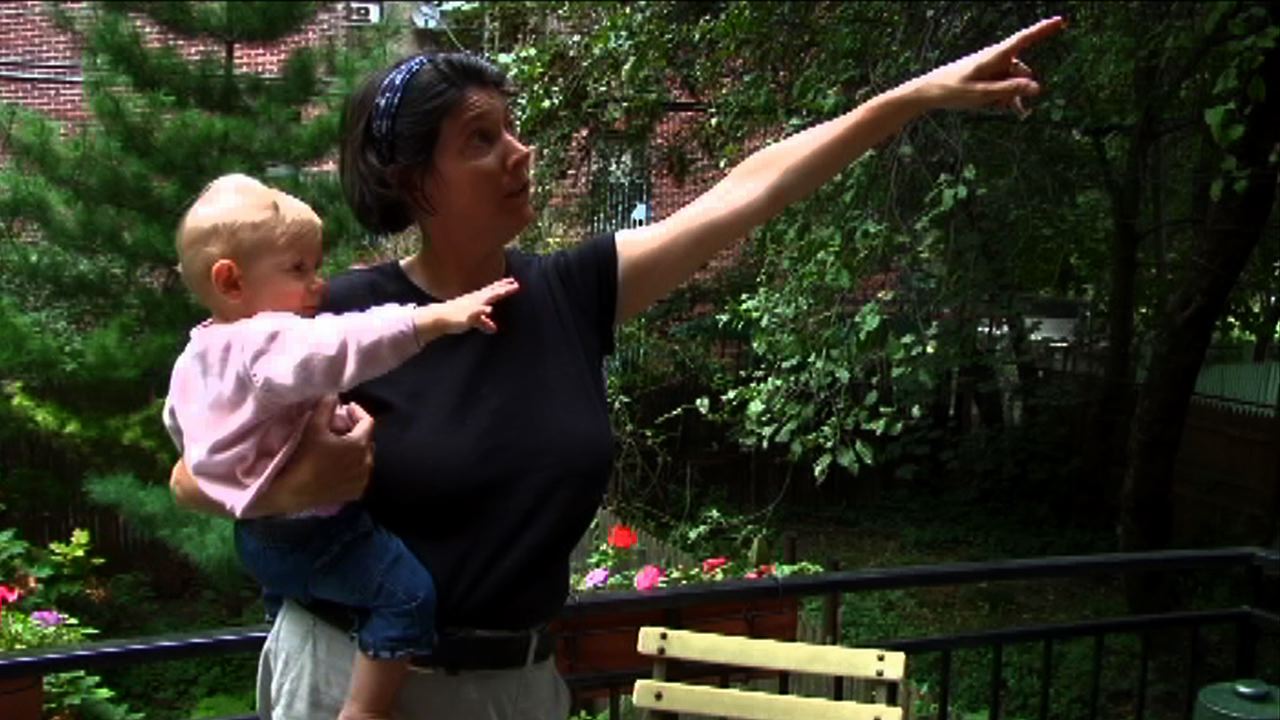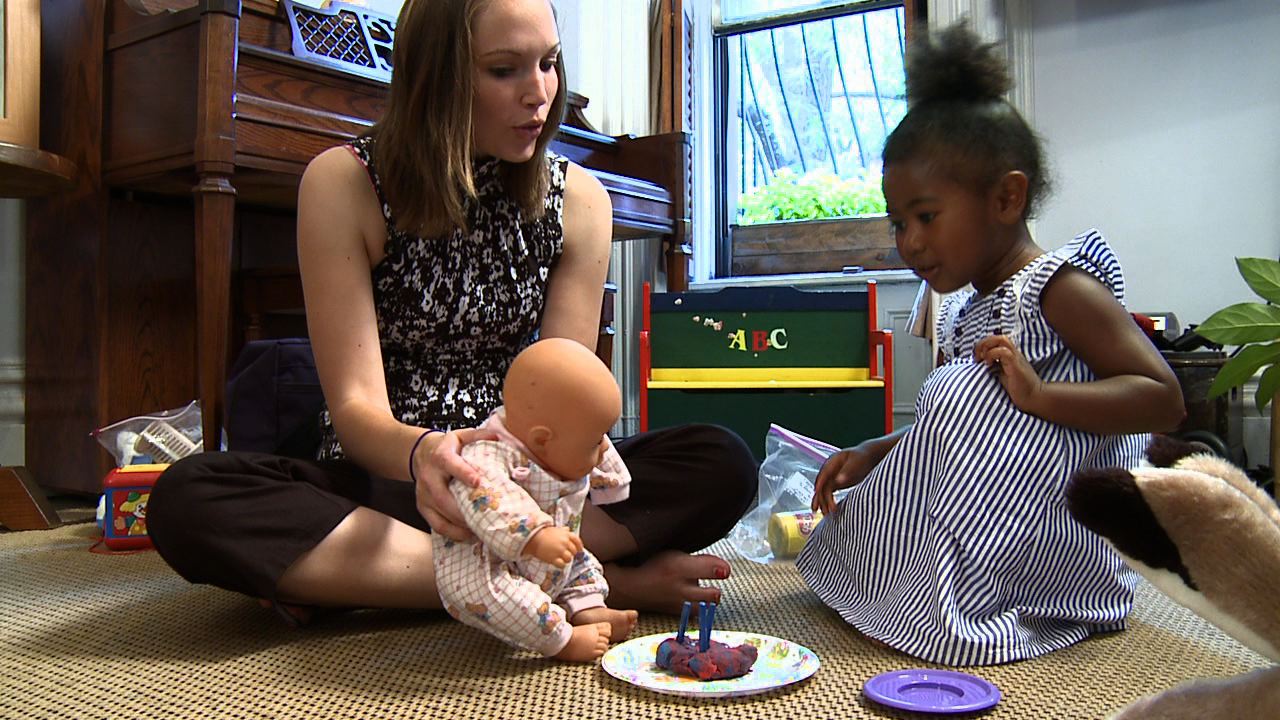Risk Alert Joint Attention
Video Summary
Dr Deborah Fein explains the concept of "joint attention" what it is in typically developing children, and how the lack of "joint attention" can be a risk alert.
"The pure joint attention is (the child) doesn’t need your help. (The child is) not requesting. (The child) just wants to have the joy of you looking at what (they're) looking at, and sharing (their) attention. "
— Deborah Fein PhD
Early Warning Signs related to Risk Alert Joint Attention
-
Greeting Mom

Dr. Smith describes how a child on the spectrum fails to give his mother a warm, flexible and spontaneous greeting. Similarly, Dr. Smith also describes the child's limited attempt to direct his mother's attention. Though he points out an object of interest, he does not look back to his parents to ensure that they see it and share his enthusiam.
-
Pointing to Show Something Interesting

By 9 to 12 months, typically developing children will often coordinate pointing and eye gaze to direct their caregiver's attention to things they like or want in a process known as joint attention. Children with autism, however, often do not point, or may do so only without coordinated eye gaze or concern for their caregiver. In this segment, Dr. Soorya explains that in addition to having poor joint attention, a child with autism will often fail to utilize speech and appropriate facial expressions when trying to direct the attention of others.
-
Bringing Attention to Self

Dr. Kolevzon describes the ways in which typically developing children will attempt to draw attention to themselves and share their achievements and experiences with others. Children on the autism spectrum often lack this desire to gain attention or share their world with others. Rather, they are often described as seeming to be in "their own world," apart from or unaware of others.
Therapies related to Risk Alert Joint Attention
-
Playing with a Balloon

Ryan, who is four and a half years old, has autism. Here, he insists on playing with a balloon only with his mother and has a tantrum when the evaluator, Connor Puleo, attempts to play with him. There are many warning signs shown here for autism. In particular are the many examples of echolalia where Ryan repeats his mother's questions rather than answering them. Other warning signs include Ryan's clear delays in language, lack of eye contact, lack of gestures or pointing to communicate his wants and possibly insistence on sameness.
-
Lucas Eye Contact (Reading Book Compare)

To help grab Lucas's attention, Georgia reads Lucas a homemade storybook, where pictures of Lucas and his home have been used as the illustrations. She uses this story book to prepare and help Lucas understand the process of getting a haircut. Despite her efforts, Lucas does not fully engage in the activity or even seem to recognize himself in the pictures.
-
Impact of Therapy Importance of ABA Therapy

Nancy, mother of Dean, describes how Applied Behavioral Analysis, an empirically supported intevention for autism, led to enormous improvements in Dean's language, appropriate play skills, attention span and overall ability to communicate. She describes how her initial concern has been transformed into hope about Dean's future and ability to learn. Nancy's descriptions of ABA are paired with video of Dean's therapy sessions.
Choose a category
Sign in to your account
×Forgot Your Password?
Not a problem. Simply enter your email address and we will issue a new password.






